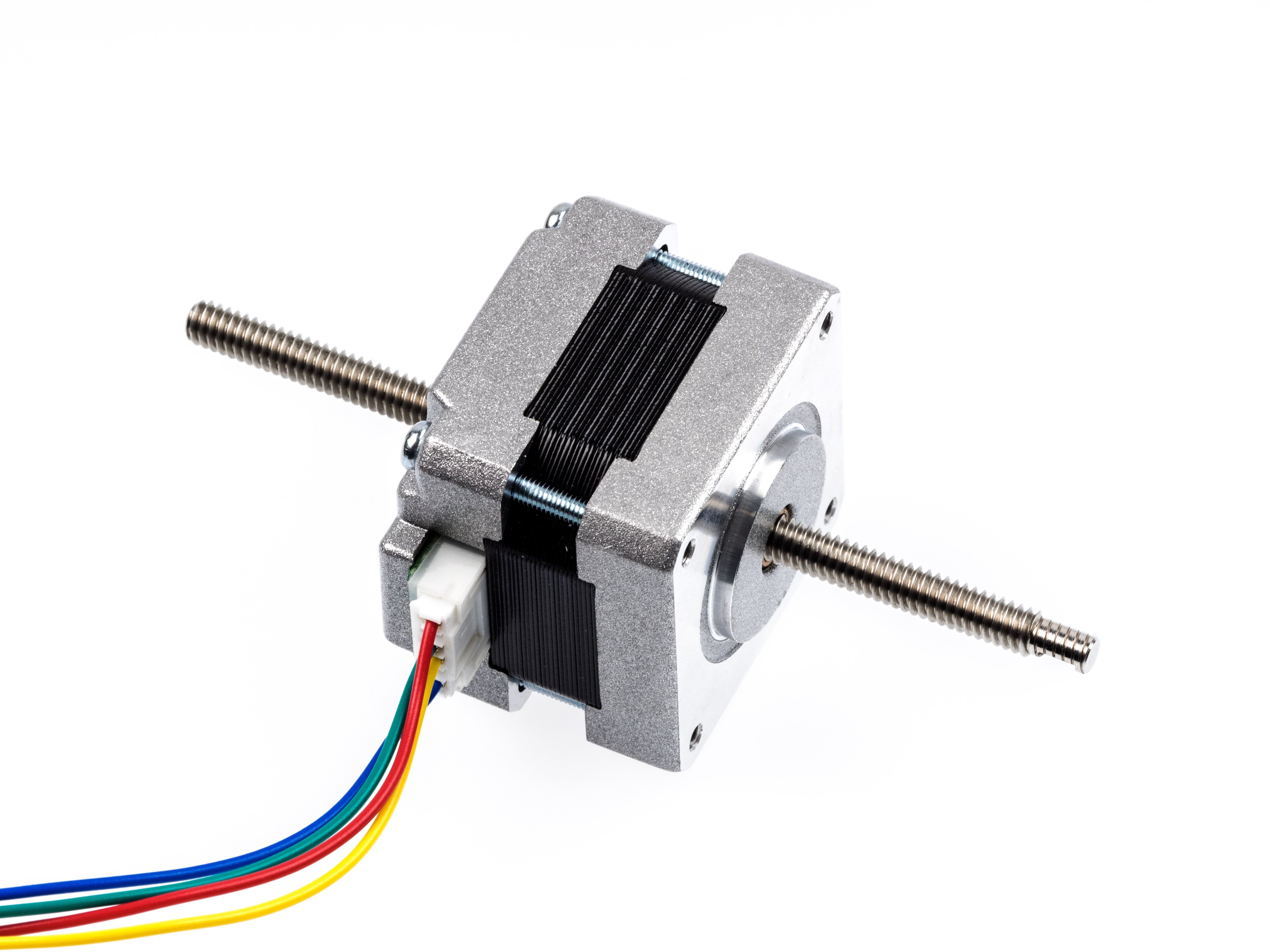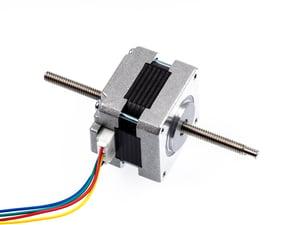

Full disclaimer: W.C. Branham Inc. does not currently manufacture electric linear actuators. Instead, we manufacture many different types of pneumatic and low-pressure hydraulic linear actuators for over 35 years. So then, why write about electric linear actuators? Simple: We’d like to give you a few things to think about when you are trying to decide if going electric is right for your next application.
As the name implies, a linear actuator moves a load of some kind in a straight line. You can use hydraulic or pneumatic power or electricity to operate linear actuators, but we’ll take a closer look at the electric option. How does it work? What can it do? And how does it differ from other options?
Here's what you need to know about electric linear actuators.
Electric actuators can be fairly simple devices
Basically, an electric actuator consists of a motor, gears, DC brushes that convey the electrical current, and a stationary cylinder with a screw inside that turns to move the load. The motor drives the gears, which turn the screw. The screw converts that rotary motion into the desired operational linear movement.
Another type of an electric actuator uses a toothed timing belt over sheaves at each end. The drive end houses the gearbox (for most applications) and step or servo motor. Electric actuators can be operated remotely and can be used singly or in groups and can be fitted with a limit switch to ensure the actuator does not exceed specified travel distance.
What can electric actuators do?
Electric linear actuators can push a load forward and also draw it backward. Using multiple actuators enables equipment design that combines types of movements to achieve more complex tasks such as lifting, tilting, rotating, or reaching. Electric actuators can be used with heavy loads, exerting force up to 10,000 N. (2,248 lbs) for those types such as screw jacks.
They provide precise positioning and speed control as well as smooth movement. However, they are not a good choice for tasks that require full or abrupt stops or in a condition where they might be jammed because these issues can internally damage the actuator.
Do you have a high-tech adjustable desk or drafting table in your workspace? There is a chance that adjustment is made possible by electric actuators situated in each of the legs, working in parallel to raise, lower, or tilt your desktop. This is just one of many clean uses of an electric linear actuator.
How do electric actuators differ?
Where an electric actuator uses an internal screw to produce linear movement, both hydraulic and pneumatic actuators use an internal rod. (That said, here at W. C. Branham, we also produce rodless pneumatic actuators.)
Electrical actuators are more expensive at the onset, but they cost less to operate. There are fewer working parts, so they require less maintenance. They are also energy-efficient and can be easier to install than hydraulic actuators.
Electric linear actuators are clean. Unlike hydraulic actuators, there is no fluid to leak if seals become damaged or wear out. They can be a good choice where space is very limited because they require very little room and can be wired into the main cabinetry unlike hoses, pumps, etc. associated with hydraulic and pneumatic systems.
Is electric the right choice for your actuator?
It is good to understand the pros and cons of different types of actuators and the types of applications where they are best suited. The key to long-term efficient operation is to choose carefully because the power sources are very different. So, while you theoretically could switch from an electric linear to a pneumatic or hydraulic model, the cost would be prohibitive or vice versa.
Getting your design exactly right up front is your goal, and ours, too. Our Branham team of experts are always ready to answer questions and help you identify solutions that meet your application’s requirements in every way. Chances are we can offer more than one solution for your need. And that’s been our motto for over three decades: Solutions in Motion™.


